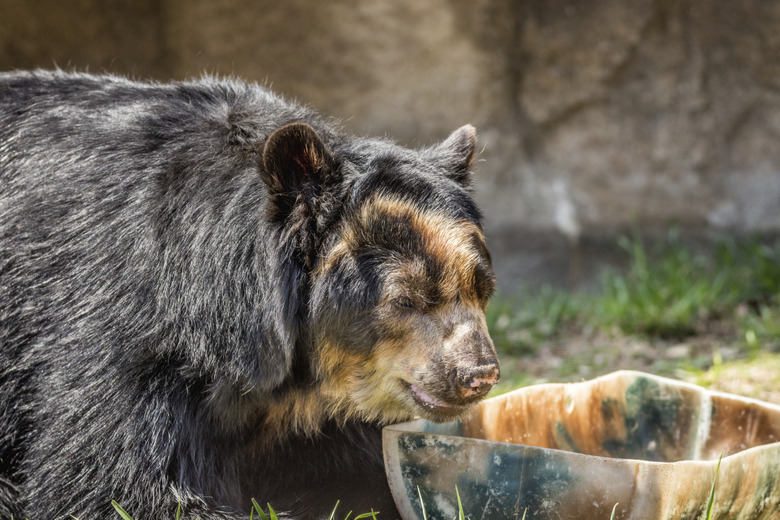Plants & Animals That Are Native To Colombia
Situated partially within the northern Andes, with coastlines on both the Pacific Ocean and Caribbean Sea, Colombia's unique geography makes for five highly distinctive ecosystems within its borders: alpine tundra, or paramo; rain forest; high-altitude cloud forests; coastal regions; and plains — or los llanos. Because Colombia is so close to the equator, it doesn't go through significant seasonal variations.
Paramos
Paramos
Paramos are high-altitude tropical ecosystems that are just beginning to be understood by the scientific community. Research has indicated that these unique ecosystems generate new species faster than any other ecosystem on Earth. The Colombian paramos are home to 68 species of frailejones, flowering plants that capture water from passing mists. Along with the ecosystem's lichen and moss, frailejones filter and regulate water that eventually passes down into the lower elevations of Columbia. Colombian paramos are also home to about 5,000 other unique plant species.
Cloud Forests
Cloud Forests
Sitting just below the paramos in elevation are Colombia's cloud forests. These forests are included in the country's Las Orquídeas national park, named after the more than 200 species of orchid found there. The cloud forests also contain many other species native to Colombia, including species of jaguar, puma, monkey, deer, birds, bats and insects. The cloud forests are also home to the endangered spectacled bear. Scientists believe climate change may affect the bear's favorite plants to eat — forcing them to search harder and farther for food and possibly putting them into competition with other species.
Amazon Rainforest
Amazon Rainforest
Approximately on-third of Colombia is covered by the Amazon; like the rest of the world's largest rain forest, this area is home to numerous unique species. In 2013, researchers revealed the discovery of two new species in the Colombian Amazon: Cercosaura hypnoides and Callicebus caquetensis. Cercosaura hypnoides is a small black lizard thought to be endangered and Callicebus caquetensis is one of about 20 species of titi monkey living in the Amazon. When these monkeys are babies, they display their contentedness and affection by purring, like kittens.
Coastal Regions
Coastal Regions
Sitting at the boundaries of aquatic and terrestrial ecosystems, the coastal regions of Colombia are home primarily to mangrove forests. Due to the high volume of decomposing organic matter, these coastal ecosystems are home to a great number of fish. The mangrove forests contain numerous species of mangroves as well as a burgeoning population of marine bivalves and mollusks; local communities often harvest the bivalve known as piangua hembra. A number of mammals inhabit these mangrove forests, including tiger cats, nutria and wild hogs known as "tatabro."
Los Llanos (Plains)
Los Llanos (Plains)
The grasslands, or Los Llanos, sit primarily around the Orinoco River Basin, which is nestled between Colombia and Venezuela. The river itself is home to the native and endangered Orinoco crocodile, which has been known to reach 23 feet in length. The Orinoco turtle, giant otter, giant armadillo and black-and-chestnut eagle are other endangered species of Los Llanos. The plains also play host to numerous migratory birds, such as yellowlegs and several species of sandpiper.
Cite This Article
MLA
Smith, Brett. "Plants & Animals That Are Native To Colombia" sciencing.com, https://www.sciencing.com/plants-animals-native-columbia-8216276/. 24 April 2017.
APA
Smith, Brett. (2017, April 24). Plants & Animals That Are Native To Colombia. sciencing.com. Retrieved from https://www.sciencing.com/plants-animals-native-columbia-8216276/
Chicago
Smith, Brett. Plants & Animals That Are Native To Colombia last modified March 24, 2022. https://www.sciencing.com/plants-animals-native-columbia-8216276/
